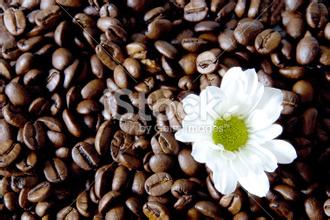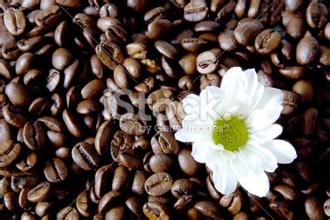Introduction of Italian espresso to the steps of roasting coffee beans
Introduction of Italian espresso to the steps of roasting coffee beans
1. Picking
It is divided into mechanical picking and manual picking. Mechanical picking is suitable for coffee gardens with flat land and large areas of planting. Brazil is the most frequent user of mechanical picking coffee in the world. This method is characterized by low cost and high efficiency, but the coffee beans picked are uneven and of poor quality. For coffee beans with higher quality requirements, the method of manual picking is generally adopted, which ensures that the picked coffee fruit has uniform size, similar maturity, no other impurities, and is beneficial to the post-processing of coffee beans.
2. From fruit to coffee beans:
The processing methods from coffee fruit to coffee beans can be roughly classified as dry processing and wet processing, as well as dense processing.
Dry processing (solarization): the coffee fruit is dried and dehydrated by natural conditions such as sunlight and ventilation, and then the dried coffee fruit is shelled to remove pulp, peel and silver peel. This method is the most economical and traditional processing method, the coffee beans treated by this method can maintain the fragrance for a long time, but also have a certain environmental smell. At present, this method is widely used in many parts of Africa and Asian countries, but with the progress of science and technology, many places have begun to use dryers to dry coffee fruit.
Wet processing (washing): also known as washing processing, the coffee fruit is screened by soaking, and then the selected fruit is fermented and squeezed to remove the sticky pulp on the surface of the peel, pulp and silver skin. the processed coffee beans will retain the silver skin on the surface for storage, and the coffee beans in this state are called "parchment coffee beans" (Parchment Coffee). Wait until before the exit to remove the dried silver skin with a peeling machine. The biggest advantage of wet processing is that the appearance quality of coffee beans is good, and the original flavor is maintained well. The disadvantage is that the processing cost is high and a lot of water is needed. It is generally used for the processing of high quality coffee beans.
Honey treatment: honey treatment, called HoneyProcess or MielProcess. Honey treatment is the method of peeling off the pulp and drying the fruit with endocarp.

Important Notice :
前街咖啡 FrontStreet Coffee has moved to new addredd:
FrontStreet Coffee Address: 315,Donghua East Road,GuangZhou
Tel:020 38364473
- Prev

Introduction to Brand recommendation of Coffee rough Grinding suitable for brewing utensils
Coffee rough grinding suitable for brewing utensils Brand recommendation Bean Mill turns the commercial bean grinder into a small electric bean grinder. Using a sharp knife, the size is slightly smaller than the electric water heater, it does not take up space, and you can enjoy grinding coffee beans at home. Coffee maker coffee bean grinding and dripping filter paper integrated convenience, the maker bean grinder can be touched, no
- Next

Is the coffee that tastes sour roasted lightly?-the taste of roasted coffee
Is the coffee sour in taste lightly roasted? most people will say, look at this coffee as sour as lemon. I hope you all know that the roasting degree of coffee determines the true flavor of coffee, and proper high roasting will not destroy the flavor acid, so that the acid released can be round, sweet and long-lasting. You know, the release of sweetness
Related
- What brand of black coffee is the most authentic and delicious? what are the characteristics of the flavor of the authentic Rose Summer Black Coffee?
- Introduction to the principle and characteristics of the correct use of mocha pot A detailed course of mocha pot brewing coffee is described in five steps.
- Which is better, decaf or regular coffee? how is decaf made?
- How much is a bag of four cat coffee?
- How about four Cat Coffee or Nestle Coffee? why is it a cheap scam?
- Which is better, Yunnan four Cats Coffee or Nestle Coffee? How about cat coffee? is it a fake scam? why is it so cheap?
- How about Cat Coffee? what grade is a hoax? which instant coffee tastes better, four Cat Coffee, Nestle Coffee or G7 coffee?
- Process flow chart of coffee making-Starbucks coffee making process what coffee tastes good at Starbucks
- The top ten best coffee beans in the world Rose summer coffee or Tanzanian coffee tastes good
- Yunnan four cat coffee is good to drink?_four cat coffee is a big brand? four cat blue mountain coffee is fake?

